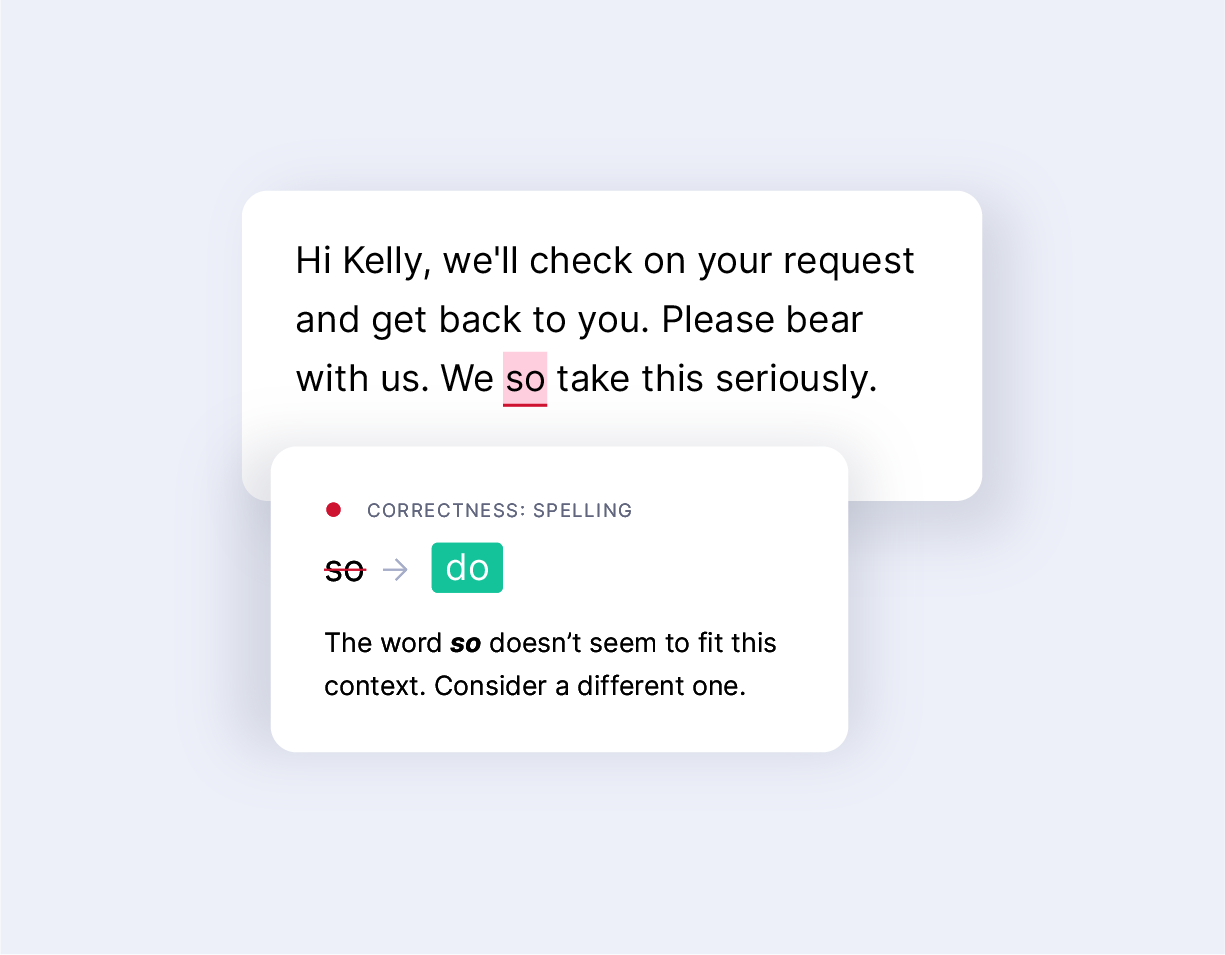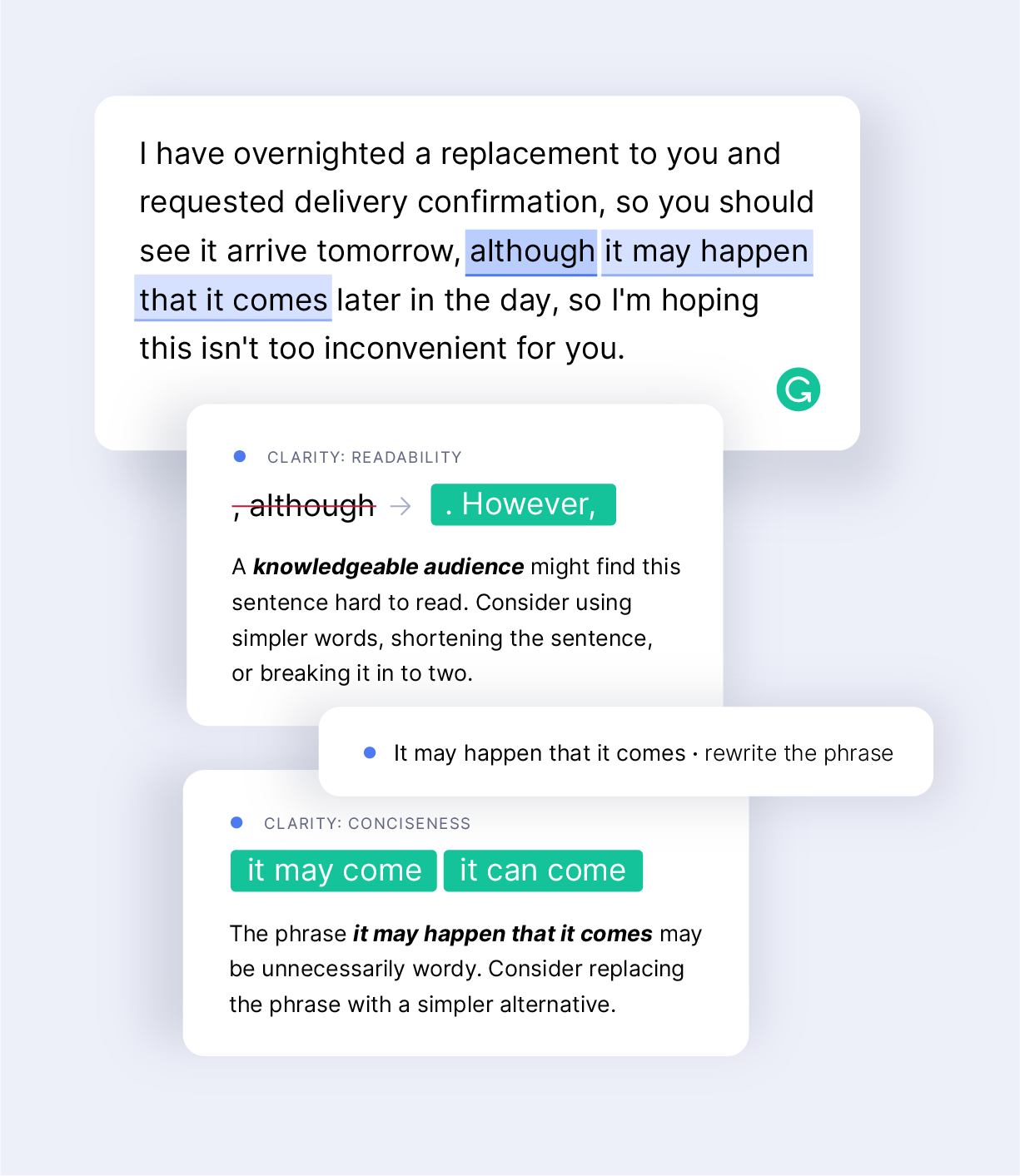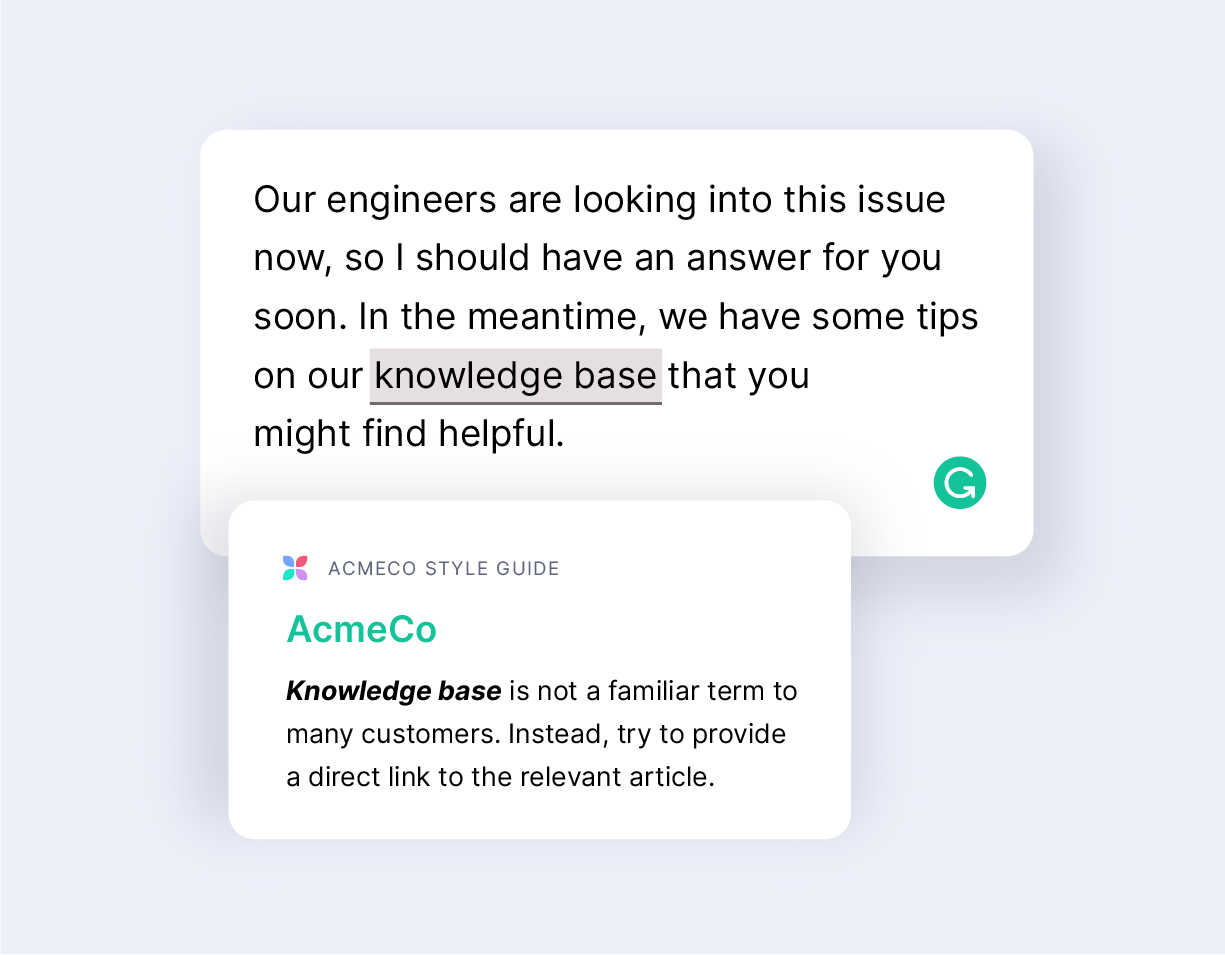Can you recall the last time you had a phenomenal customer experience? What about a bad one? Unfortunately, the less-than-satisfactory experiences tend to stand out far too well. Businesses today are at the whim of the consumer. Consumers expect brands to cater to them, from tailored messaging to on-demand everything. And it’s not their fault—this behavior has been shaped by technology, access, and competition, making the customer experience more critical than ever before.
More than 70% of consumers who consider themselves loyal to brands will move on after just one bad experience. And these sub-par experiences can be costly. A study by NewVoiceMedia, reports that U.S. businesses are losing $62 billion a year on poor customer experiences—up more than $20 billion since 2013.
With such high stakes associated with each brand interaction, business leaders are smart to invest in delivering customer experiences that delight. Whether investments aim at improving responsiveness, consistency, convenience, or personalization—all hallmarks of superior customer experience—the common thread lies in communication. And with more than 50% of consumers sharing that unclear communication is their biggest barrier to having a positive customer experience, there’s still plenty of room for brands to improve.
Help Your Team Do Their Best Work
When it comes to communication, effectiveness can often vary depending on the circumstance. But in the case of customer experience, the answer might lie in ensuring customer-facing messages come across as intended the first time. A recent Accenture study found that eight out of ten customers who stopped buying from a brand due to a poor experience could have been retained if their issue had been resolved on the first attempt. Can you afford to live with that sort of regret?
Here are three ways that Grammarly Business can help your customer experience teams avoid miscommunication and get their messages across as they intend:
Convey credibility and competence
Effective communication is about much more than spelling, grammar, and punctuation. But there’s no denying that an inadvertent misspelling could convey sarcasm rather than service. Grammarly Business offers real-time suggestions for correctness that ensure your team members present their most credible, competent selves from the first contact.

Create clarity, not confusion
Overly wordy sentences—even if intended to be helpful—can be hard to read and leave customers guessing about how their problem will be resolved. With suggestions to make communications more concise, Grammarly Business can help team members answer customer questions the first time, cutting down on costly back-and-forth.

Correspond with consistency
By definition, jargon is exclusive to a particular group. So when your team members use it in customer-facing communications, it can be confusing at best and alienating at worst. Through a Grammarly Business style guides, you can create tailored suggestions that flag terms as internal jargon and recommend preferred terminology. These tailored suggestions apply to all team members to ensure terms are being used (or excluded) consistently.

The $700M Upside to Customer Experience
According to Adobe’s 2019 Digital Trends report, B2B respondents ranked customer experience as the single most exciting opportunity for 2020 — beating out content marketing, video marketing, and social.
Nearly 70% of consumers stated that their standards for good experiences are the highest they’ve ever been, it’s more challenging than ever for brands to meet customer expectations. Faced with the threat of losing customers to competitors who provide better experiences, business leaders must consider the realities of today’s landscape when making decisions about their CX strategy.
Download our ebook, Four Strategies to Maximize Customer Value in 2020 & Beyond to learn how your team can improve its customer experience practices.



